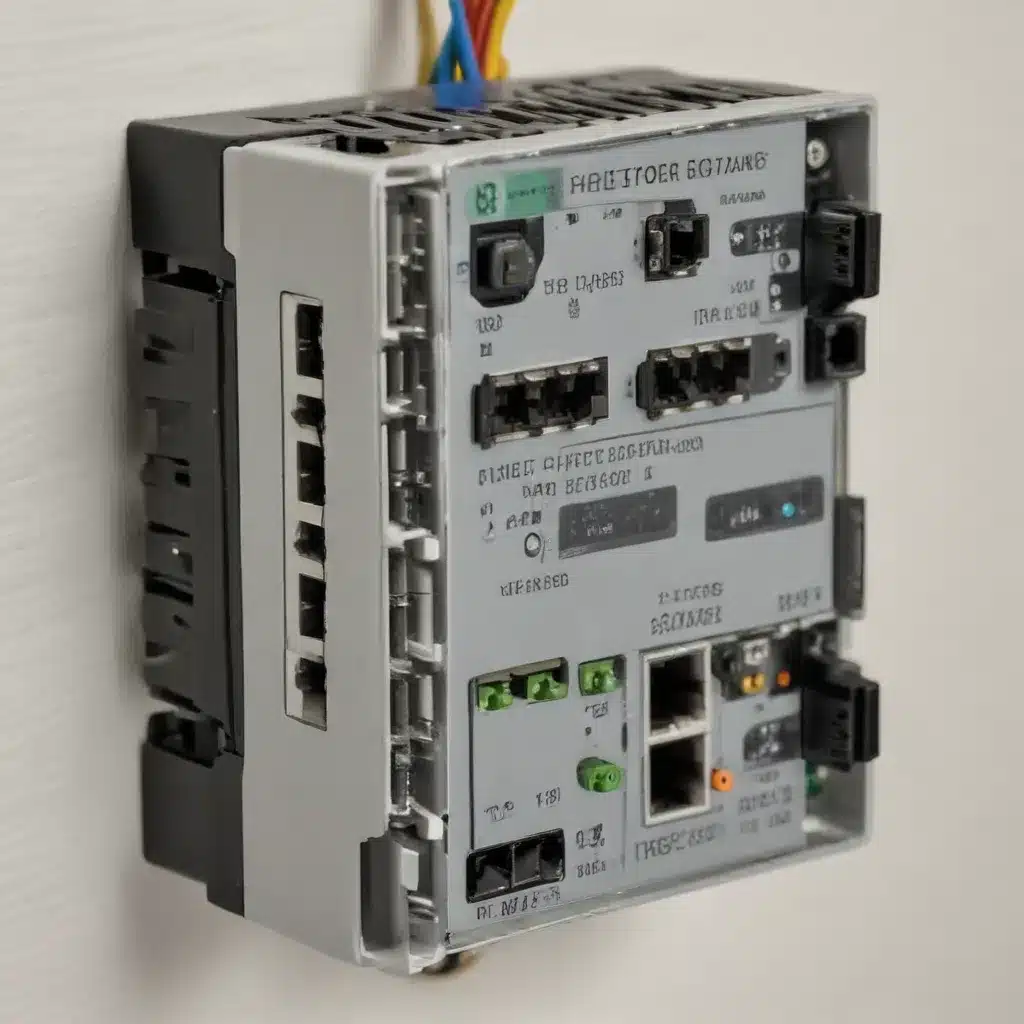
Troubleshooting Wired Ethernet Connectivity
In the world of IT, a reliable and fast internet connection is crucial for productivity, communication, and accessing critical resources. While wireless connectivity has become increasingly popular, a wired Ethernet connection can still offer superior performance, stability, and security. However, even the most seasoned IT professionals may encounter Ethernet connection issues from time to time. In this comprehensive guide, we’ll explore various strategies and techniques to help you solve these problems and ensure your devices are seamlessly connected to the network.
Verifying the Ethernet Cable and Connections
The first step in troubleshooting an Ethernet connection issue is to inspect the physical components involved. Start by checking the Ethernet cable itself. Ensure that both ends are securely plugged into the appropriate ports on your device and the router or modem. If you have access to another Ethernet cable, try swapping it out to see if the issue persists. Damaged or faulty cables can often be the culprit behind connectivity problems.
Next, check the Ethernet ports on your device and network equipment. Make sure they are not damaged or obstructed in any way. If you’re using a router, verify that the cable is plugged into one of the Ethernet LAN ports, not the WAN (internet) port.
Restarting Network Devices
Sometimes, a simple restart can resolve Ethernet connection problems. Begin by unplugging the power cable from your modem and router, and wait at least 30 seconds before reconnecting them. This process helps to reset the network connection and clear any temporary issues.
If your modem has a backup battery, remove it while the device is powered off. Then, reinsert the battery and power on the modem. Wait for the status lights to stop blinking before powering on the router. This comprehensive restart can often address underlying network problems.
Checking Network Settings
Delving deeper into the troubleshooting process, you can explore the network settings on your device to identify and resolve any configuration issues.
-
Network Status: Open your device’s network settings and check the status of the Ethernet connection. Ensure that it is displayed as “Connected” or “Online.” If there’s an error message or the connection is not recognized, proceed to the next steps.
-
Network Commands: Try running a series of network commands to reset the TCP/IP stack, release and renew the IP address, and flush the DNS cache. Open the command prompt (as an administrator) and enter the following commands in the listed order:
netsh winsock resetnetsh int ip resetipconfig /releaseipconfig /renewipconfig /flushdns
These commands can often resolve underlying network issues and restore the Ethernet connection.
-
Network Driver Reinstallation: If the previous steps don’t resolve the issue, consider uninstalling and reinstalling the Ethernet network adapter driver. This can help address any conflicts or incompatibilities that may have arisen, especially after a recent software update. Before uninstalling the driver, make sure you have access to the latest version from the manufacturer’s website, as you’ll need to install it manually if Windows doesn’t automatically download the driver.
-
Network Reset: As a last resort, you can try performing a network reset on your device. This option will remove all network adapters and their associated settings, effectively restoring the network configuration to its default state. Keep in mind that after a network reset, you may need to reconfigure any custom network settings or reinstall other networking software you were using.
Connectivity on a Different Device
If the troubleshooting steps above don’t resolve the Ethernet connection problem, it’s a good idea to test the network connection on a different device. Try connecting another Windows PC or laptop to the same Ethernet port using a USB-to-Ethernet adapter. If the other device is able to establish a successful connection, the issue is likely specific to the original device, and you may need to investigate further hardware or software-related problems.
Conversely, if the Ethernet connection fails on the alternative device as well, the problem could be with the router, modem, or the network infrastructure itself. In such cases, you may need to contact your internet service provider (ISP) for further assistance.
Leveraging Online Resources
As an experienced IT professional, you can also leverage online resources and communities to gather additional insights and solutions. Websites like IT Fix offer a wealth of information, troubleshooting guides, and expert advice on a wide range of technology-related topics, including Ethernet connectivity issues.
Additionally, engaging with online forums and communities, such as the Microsoft Community or the IT Fix forums, can provide you with valuable peer-to-peer support. Other IT professionals may have encountered similar problems and can share their experiences and solutions, helping you to resolve the issue more efficiently.
Conclusion
Solving Ethernet connection problems requires a methodical and comprehensive approach. By following the steps outlined in this guide, including verifying the physical connections, restarting network devices, checking network settings, and leveraging online resources, you’ll be well-equipped to diagnose and resolve a wide range of Ethernet connectivity issues.
As an IT professional, your ability to troubleshoot and restore network connectivity is essential for maintaining productivity, ensuring data security, and providing reliable technology solutions to your clients or organization. By mastering these troubleshooting techniques, you’ll be able to swiftly address Ethernet connection problems and keep your systems running smoothly.
Remember, every IT challenge is an opportunity to expand your knowledge and hone your problem-solving skills. Keep exploring, experimenting, and staying up-to-date with the latest networking technologies and best practices to become an indispensable asset in the ever-evolving world of information technology.












